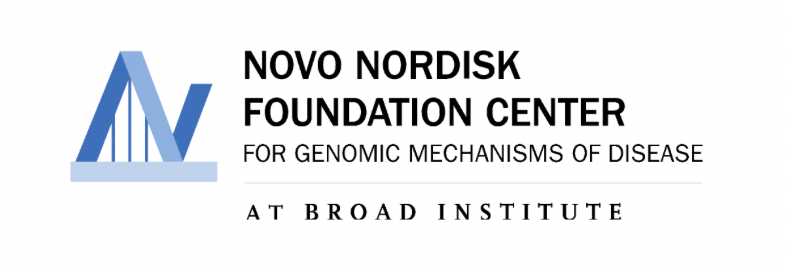OBJECTIVES: Experimental and genetic studies suggest that fibroblast growth factor 21 (FGF21) modulates macronutrient and alcohol preferences, but evidence of such regulation in humans remains scarce. To address this gap in translation, we aimed to map the relationships between plasma FGF21 levels, FGF21 genetic variation and habitual macronutrient intake in a large human population.
METHODS: We fine-mapped and performed colocalization of the FGF21 genetic region in GWAS summary statistics of plasma FGF21 levels and macronutrient intake. UK Biobank data were used to investigate the associations between FGF21 genetic variants, plasma FGF21 protein levels, and macronutrient intake (including alcohol) assessed with repeated 24-hour recalls. One- and two-sample mendelian randomization were performed to estimate the effects of plasma FGF21 on macronutrient intake.
RESULTS: We show that the main macronutrient-associated variant rs838133 and the FGF21 cis-pQTL rs838131, both in the FGF21 gene, are distinct genetic signals. Effect directions also suggest that the influence of FGF21 variation on macronutrient intake appear more complex than by direct mediation through plasma FGF21. Only when considering this complexity at FGF21, is plasma FGF21 estimated to reduce alcohol and increase protein and fat intake using mendelian randomization. Importantly, plasma FGF21 levels also appear markedly elevated by primarily high alcohol and low protein intake.
CONCLUSIONS: These findings support the feedback diet-regulatory mechanism of FGF21 in humans, but highlights the need for mechanistic characterization of the complex FGF21 genetic region.
